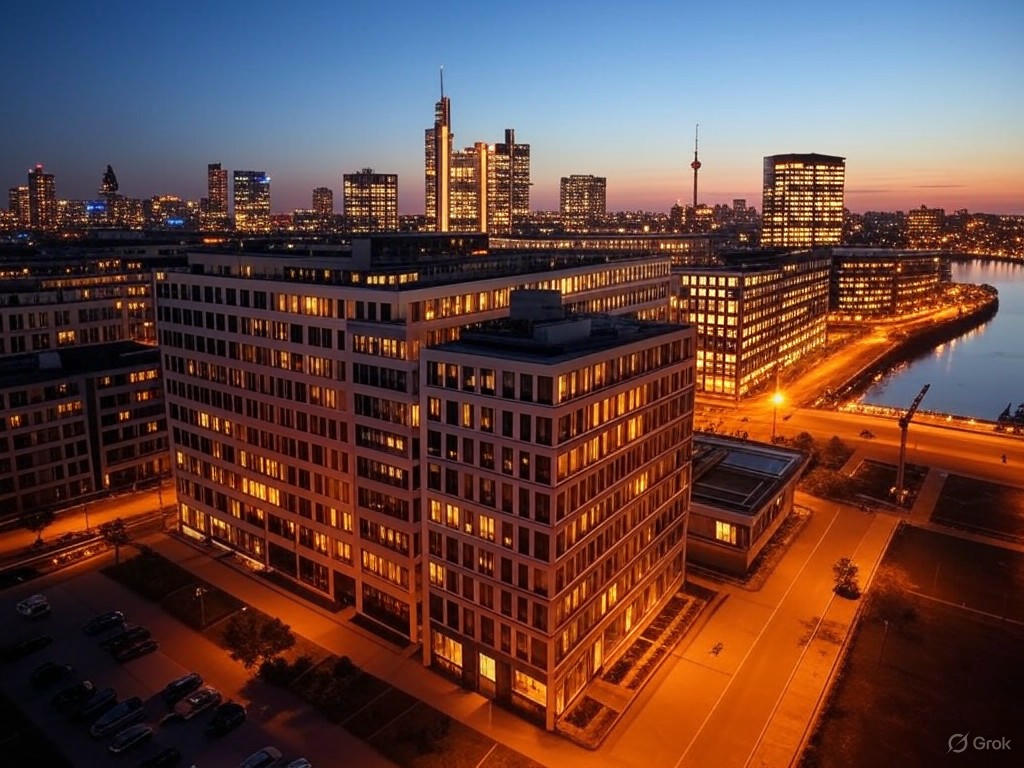Nvidia’s Bold Promise: Europe’s AI Computing Gap to Close Soon
In a world increasingly driven by artificial intelligence, Europe has often lagged behind technological giants like the United States and China in terms of computing power and infrastructure. However, a beacon of hope has emerged from one of the industry’s most influential leaders. Nvidia’s CEO, Jensen Huang, recently shared an ambitious vision for the continent, assuring stakeholders that Europe’s shortage of AI computing resources will soon be a thing of the past. This bold statement comes as a much-needed boost for European businesses and innovators eager to compete on the global stage.
At the heart of this optimism is a strategic plan to establish 20 new data centers across Europe within the next few years. These facilities are expected to significantly enhance the region’s capacity to process and store the massive amounts of data required for cutting-edge AI applications. Huang emphasized that this infrastructure boom is not just about catching up but about positioning Europe as a future leader in AI innovation. The data centers will cater to a wide range of industries, from healthcare and automotive to finance and education, fueling advancements that could reshape everyday life. Moreover, this initiative is anticipated to create thousands of jobs, further stimulating economic growth in the region.
The timing of this development couldn’t be more critical. As AI technologies become integral to global competitiveness, Europe has faced challenges in securing the necessary hardware and computational resources to keep pace. While the U.S. and China have poured billions into building state-of-the-art facilities, Europe has struggled with regulatory hurdles and fragmented investment. Nvidia’s commitment to bridging this gap signals a turning point, potentially leveling the playing field for European tech firms. Huang’s vision also aligns with the continent’s broader goals of digital sovereignty, ensuring that data and AI models are managed locally rather than relying heavily on foreign infrastructure.
Beyond the immediate benefits, this expansion raises important questions about sustainability and collaboration. Building and operating data centers requires immense energy, and Europe’s strict environmental standards will likely push Nvidia to adopt green technologies. Partnerships with local governments and tech companies will also be crucial to ensure that these projects integrate seamlessly into the region’s economic and cultural fabric. If executed well, this could set a precedent for how tech giants and policymakers work together to drive progress without compromising on values.
As Nvidia gears up to transform Europe’s AI landscape, the tech community watches with bated breath. The promise of 20 new data centers is more than just a business move; it’s a statement of intent to empower a continent. With Jensen Huang at the helm, steering Nvidia toward this monumental goal, Europe might soon find itself not just catching up, but leading the charge in the AI revolution. The coming years will reveal whether this vision becomes a reality, but for now, hope is high and the future looks promising.


